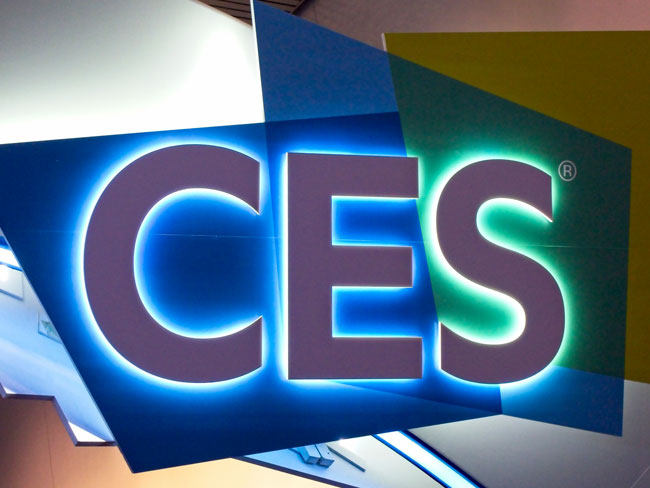 If you missed this year’s Consumer Electronics Show (CES), it was unlike other past events in that there were key trends that spoke volumes to the impact of the pandemic on technology.
If you missed this year’s Consumer Electronics Show (CES), it was unlike other past events in that there were key trends that spoke volumes to the impact of the pandemic on technology.
CES shifted to an online platform this year and offered virtual exhibits, halls, and workshops from Jan. 11-14, 2021, including presentations from big-players like Mary Barra, CEO of General Motors, and others from companies such as Verizon, Best Buy, Microsoft, Nike, WarnerMedia Studios, AMD, LinkedIn, Walmart and more.
According to ABI Research, new technology and ideas were born from the pandemic and announced during the show: Gaming company Razer announced Project Hazel, which is a transparent “smart mask” that offers N95 protection thanks to a replaceable and rechargeable active ventilation system.
“One consequence of the pandemic has been the mass use of disposable masks, which people worldwide have since seen become an unsanitary addition to everyday street litter,” said Jamie Moss, Research Director for Enabling Platforms at ABI Research.
Masks, he said, offer better protection, more natural interaction, “and an appeal so people want to own, keep, and reuse them,” which would be beneficial for the long term, post-COVID situation.
Augmented and virtual reality remained a trend this year, with one showcase becoming a particular standout for Moss: Fiat-Chrysler’s fully AR and VR-enabled CES “booth.” Moss said the experience offered high-quality renderings of 12 vehicles for users to explore, along with a virtual assistant for a guided tour.
“While immersive branding and marketing is nothing new, Fiat Chrysler Automobiles (FCA) rightfully capitalized on virtual CES to roll out a robust example of this use case,” said Moss. “The company also partnered with Google to enable cloud rendering and edge streaming of content as well.”
New Head-Mounted Display (HMD) products were also unveiled during the show (i.e. MicroLED smart glasses from Vuzix), while the trend of touchless control and smart home devices was obvious (i.e. Alarm.Com’s Touchless Video Doorbell and HID Global’s first Ultra-Wideband (UWB)-enabled touchless smart locks. Wearable devices were also seen in abundance during the event.
“At CES 2021, wearable devices had a prominent role, especially those that assist with shelf-monitoring healthcare, due to COVID-19 impacts and changes in consumer habits and lifestyle,” said Eleftheria Kouri, Research Analyst at ABI Research. “At the same time, the smartwatch and wireless headset markets have become more competitive, with more technically-capable and affordable devices.”
Other key trends from CES 2021 include 5G devices, which generated buzz around rollable screens for smartphones, and shifts in laptop uses and new processors and Graphics Processing Unit (GPU) chips.















